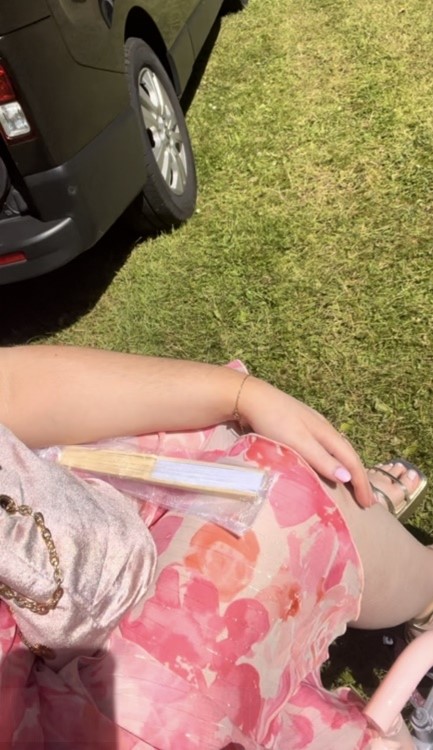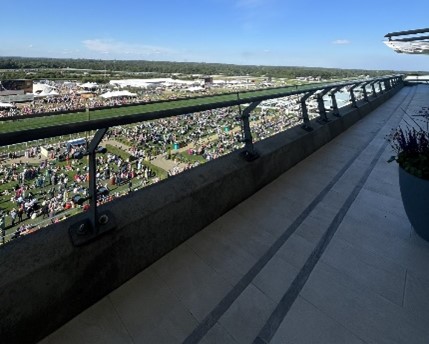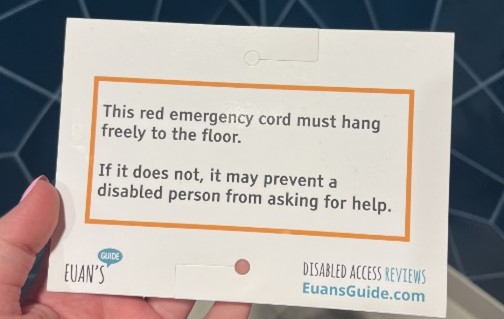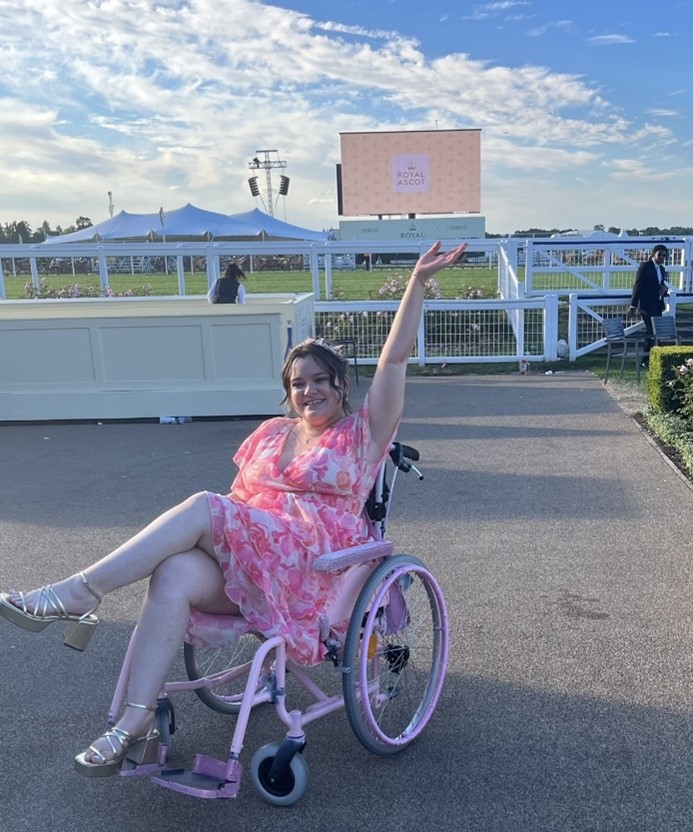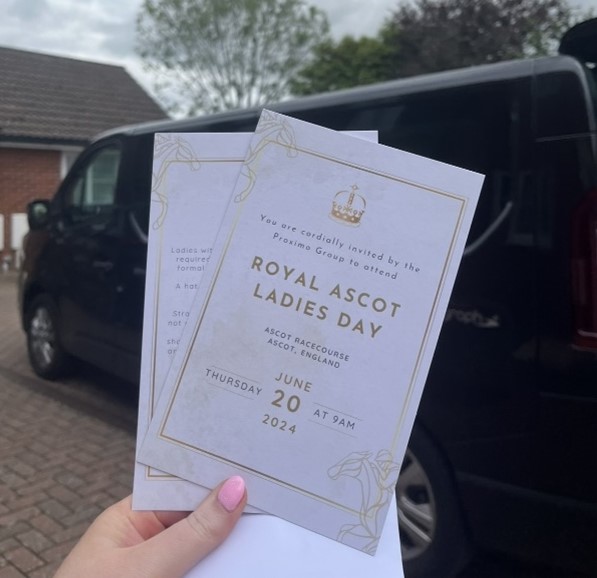
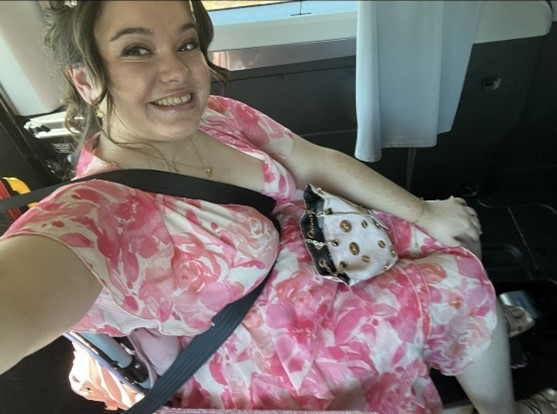
That’s why something like Open Road Access is such a big deal to the community. In the simple act of providing Wheelchair Accessible Vehicles means that, suddenly, all of these doors that you had accepted to be locked have been knocked down. Opportunities you’d ruled out have come back to life, and places that you thought you’d never get to see are there, waiting for you. The door burst open, and the team at Proximo invited me to celebrate it at an event that I would’ve never guessed I could attend: the Royal Ascot.
Everything was so easy; a WAV picking me up at my front door, whisking me away with so much ease that there was a moment where I simply forgot about the hassle that could come with being a wheelchair user.

